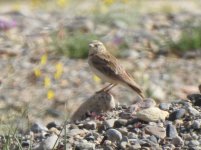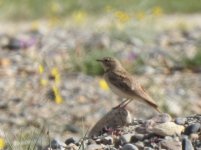PhilSteiner
Well-known member

Rather than making separate threads, I'll combine these four into one post.
Bird 1, some kind of lark, was singing from low perches in dry gravelly patches in the floodplain by Murghob.
Bird 2 seems like a rosefinch, but I'm not sure if it's a Common or something else.
Bird 3, another lark, was gathering food in really arid areas as we approached Karakul, the large high-altitude lake in NE Tajikistan. The black neck band seems Horned Larky (and HOLAs are the most common bird everywhere in far eastern Tajikistan), but the facial pattern is wrong...do juveniles gather food like this? Do they get their neck band before the rest of their adult plumage comes in? The other thing that came to mind was Calandra, but it doesn't seem chunky enough and the bill doesn't seem heavy enough.
Bird 4 is a weird young gull. There were Pallas's and Brown-headed around...that oversized bill makes me think maybe Pallas's, but I'm not finding anything that looks like a great match for young Pallas's. The bill alone makes me discount Brown-headed or Slender-billed. What I can see of its back makes me think it might be too light to be from the Lesser Black-backed complex. Which I guess just leaves Pallas's in the end?
Bird 1, some kind of lark, was singing from low perches in dry gravelly patches in the floodplain by Murghob.
Bird 2 seems like a rosefinch, but I'm not sure if it's a Common or something else.
Bird 3, another lark, was gathering food in really arid areas as we approached Karakul, the large high-altitude lake in NE Tajikistan. The black neck band seems Horned Larky (and HOLAs are the most common bird everywhere in far eastern Tajikistan), but the facial pattern is wrong...do juveniles gather food like this? Do they get their neck band before the rest of their adult plumage comes in? The other thing that came to mind was Calandra, but it doesn't seem chunky enough and the bill doesn't seem heavy enough.
Bird 4 is a weird young gull. There were Pallas's and Brown-headed around...that oversized bill makes me think maybe Pallas's, but I'm not finding anything that looks like a great match for young Pallas's. The bill alone makes me discount Brown-headed or Slender-billed. What I can see of its back makes me think it might be too light to be from the Lesser Black-backed complex. Which I guess just leaves Pallas's in the end?
Attachments
-
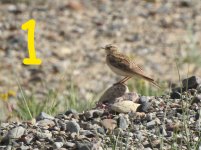 DSCN7199 (3).jpg1.1 MB · Views: 61
DSCN7199 (3).jpg1.1 MB · Views: 61 -
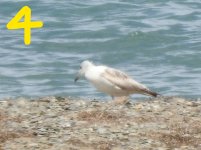 DSCN7427 (3).jpg296.3 KB · Views: 64
DSCN7427 (3).jpg296.3 KB · Views: 64 -
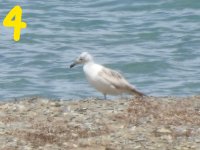 DSCN7425 (3).jpg315.2 KB · Views: 58
DSCN7425 (3).jpg315.2 KB · Views: 58 -
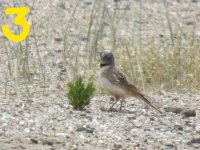 DSCN7416 (3).jpg623.2 KB · Views: 58
DSCN7416 (3).jpg623.2 KB · Views: 58 -
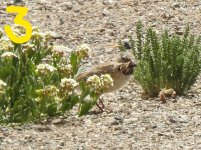 DSCN7410 (3).jpg687.2 KB · Views: 49
DSCN7410 (3).jpg687.2 KB · Views: 49 -
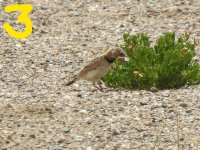 DSCN7408 (3).jpg1.2 MB · Views: 50
DSCN7408 (3).jpg1.2 MB · Views: 50 -
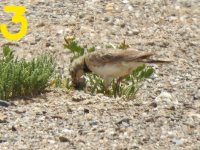 DSCN7405 (3).jpg610.6 KB · Views: 52
DSCN7405 (3).jpg610.6 KB · Views: 52 -
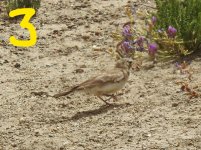 DSCN7401 (3).jpg819.3 KB · Views: 50
DSCN7401 (3).jpg819.3 KB · Views: 50 -
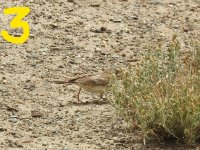 DSCN7399 (3).jpg1.2 MB · Views: 52
DSCN7399 (3).jpg1.2 MB · Views: 52 -
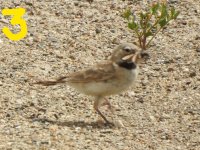 DSCN7398 (3).jpg1.3 MB · Views: 54
DSCN7398 (3).jpg1.3 MB · Views: 54 -
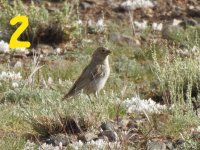 DSCN7278 (3).jpg1.1 MB · Views: 53
DSCN7278 (3).jpg1.1 MB · Views: 53 -
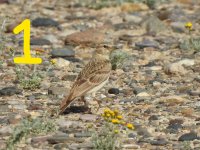 DSCN7214 (3).jpg1.4 MB · Views: 51
DSCN7214 (3).jpg1.4 MB · Views: 51 -
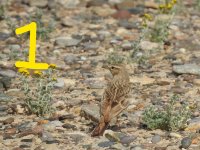 DSCN7212 (3).jpg1.6 MB · Views: 44
DSCN7212 (3).jpg1.6 MB · Views: 44 -
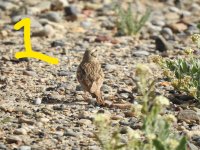 DSCN7206 (2).jpg3.5 MB · Views: 55
DSCN7206 (2).jpg3.5 MB · Views: 55




